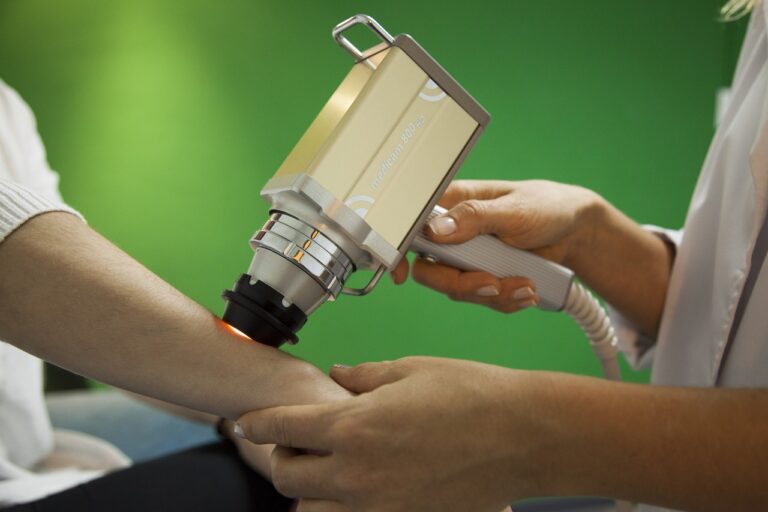The Potential of Stem Cell Therapy for Spinal Cord Injury: Regenerating Nervous Tissue
Stem cell therapy has emerged as a promising treatment for individuals with spinal cord injuries, offering hope for regeneration and repair of damaged nervous tissue. The ability of stem cells to differentiate into various cell types has paved the way for their potential in repairing the intricate neural networks that are crucial for bodily functions such as movement and sensation.
Clinical trials and research studies have shown encouraging results, with some patients experiencing improvements in motor function and sensory perception after receiving stem cell therapy. The regenerative properties of stem cells hold immense potential in enhancing the recovery process and improving the quality of life for individuals living with spinal cord injuries.
• Stem cell therapy offers hope for regeneration and repair of damaged nervous tissue
• Ability of stem cells to differentiate into various cell types is crucial for repairing neural networks
• Clinical trials and research studies have shown encouraging results in improving motor function and sensory perception
• Regenerative properties of stem cells can enhance the recovery process for individuals with spinal cord injuries
Understanding the Mechanism of Stem Cells in Regenerating Nervous Tissue
Researchers have been investigating the mechanism by which stem cells are able to regenerate nervous tissue, particularly in the context of spinal cord injury. Stem cells have the unique ability to differentiate into various cell types, such as neurons, oligodendrocytes, and astrocytes, which are essential for repair and regeneration in the nervous system. This process involves a complex interplay of molecular signals and cellular interactions that orchestrate the formation of new neural networks.
Moreover, studies have shown that stem cells can also promote tissue repair by secreting factors that modulate the inflammatory response, enhance cell survival, and stimulate the production of growth factors. These paracrine effects play a crucial role in creating a regenerative microenvironment within the injured tissue, facilitating the recruitment of endogenous stem cells and promoting tissue remodeling. By understanding the intricate mechanisms through which stem cells exert their regenerative effects, researchers hope to develop more targeted and effective stem cell therapies for spinal cord injury and other neurodegenerative disorders.
Current Research on Stem Cell Therapy for Spinal Cord Injury
Stem cell therapy has emerged as a promising approach for treating spinal cord injuries, with researchers focusing on harnessing the regenerative potential of stem cells to repair damaged nervous tissue. Recent studies have shown that stem cells have the remarkable ability to differentiate into various cell types within the nervous system, making them an ideal candidate for regenerating spinal cord tissue.
One area of current research is exploring the use of different types of stem cells, such as mesenchymal stem cells and induced pluripotent stem cells, to promote functional recovery in spinal cord injury patients. These studies aim to elucidate the mechanisms by which stem cells contribute to tissue repair and investigate the optimal delivery methods for maximizing their therapeutic potential in spinal cord regeneration.
What is stem cell therapy?
Stem cell therapy is a breakthrough treatment that uses stem cells to repair damaged tissues and organs in the body.
How do stem cells work in regenerating nervous tissue?
Stem cells have the ability to differentiate into various cell types, including nerve cells, and can promote the regeneration of damaged nervous tissue.
What is the current research on stem cell therapy for spinal cord injury?
Researchers are studying the use of stem cells to promote the repair and regeneration of spinal cord tissue in patients with spinal cord injuries.
Are there any promising results from the current research on stem cell therapy for spinal cord injury?
Some studies have shown promising results in terms of improved motor function and sensory perception in patients who have undergone stem cell therapy for spinal cord injury.
Is stem cell therapy for spinal cord injury widely available to the public?
While stem cell therapy for spinal cord injury is still considered experimental and not widely available, ongoing research is paving the way for potential future treatments.







